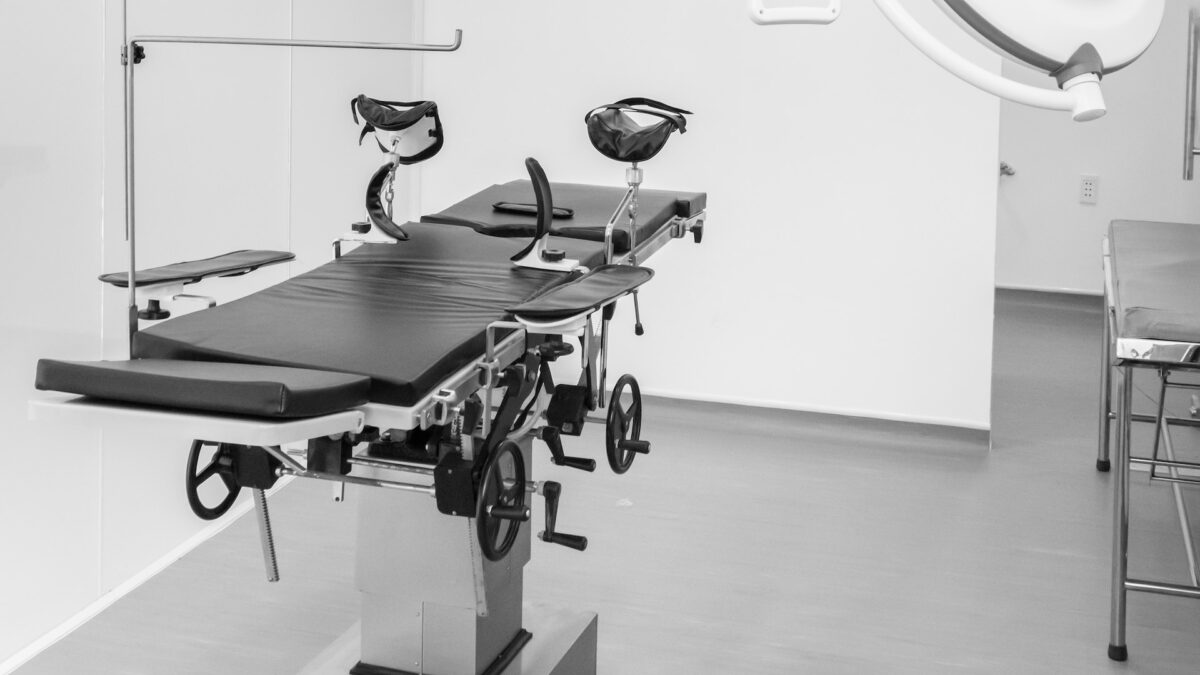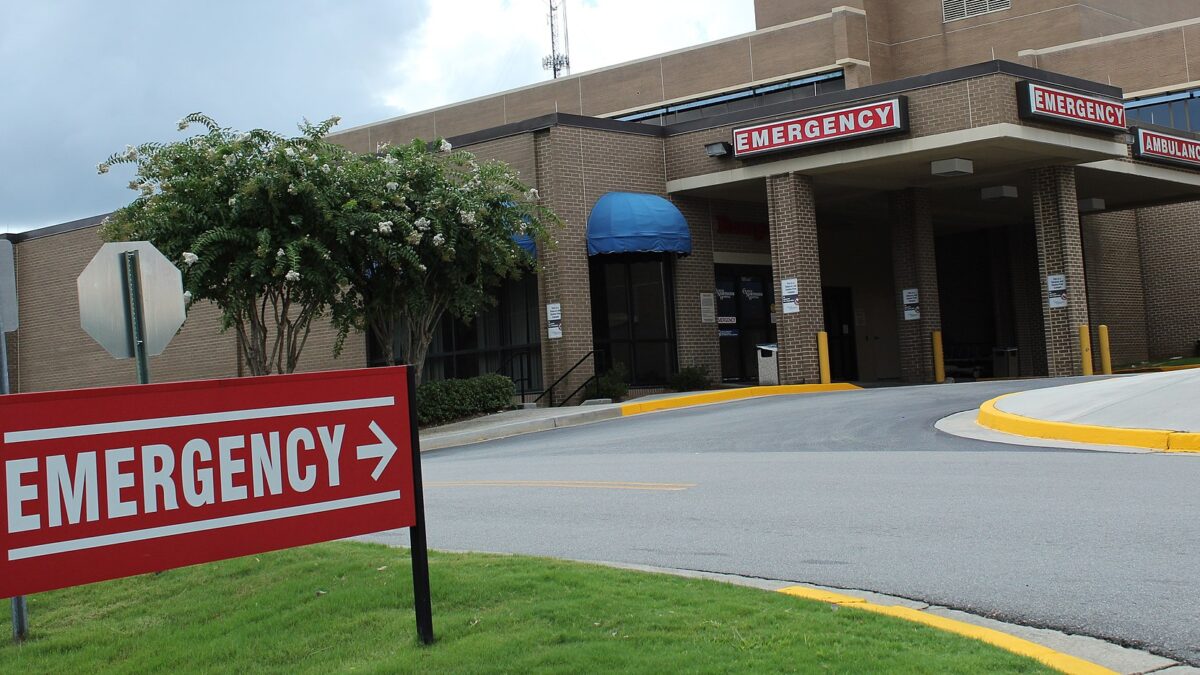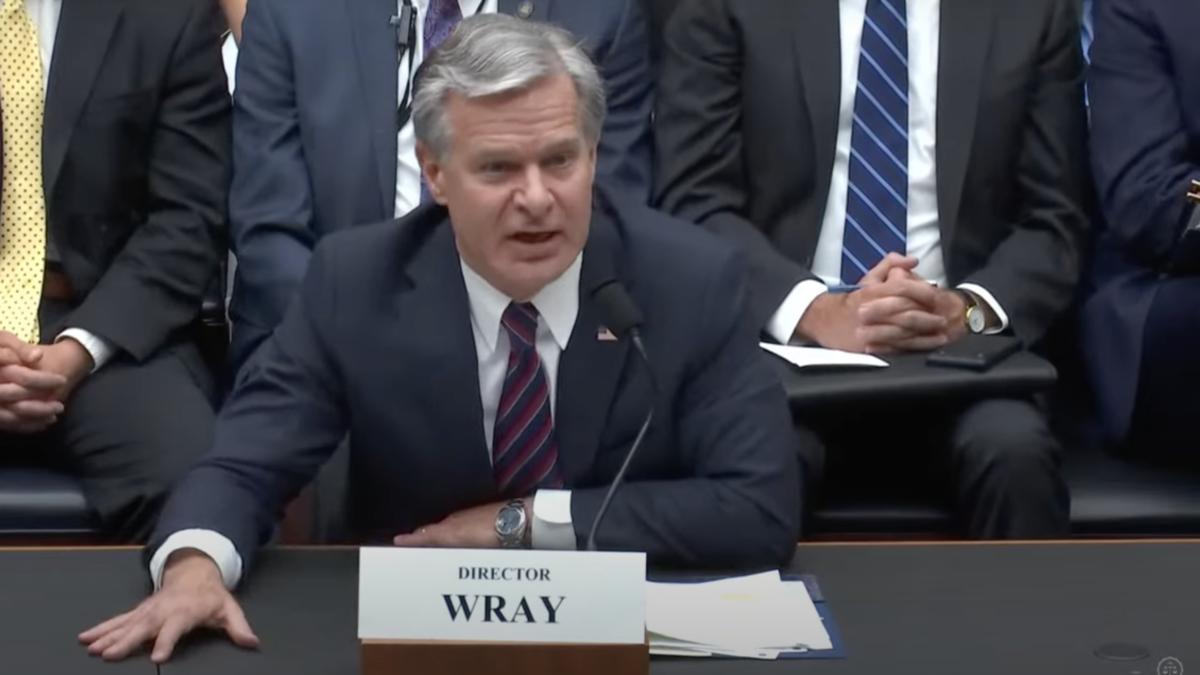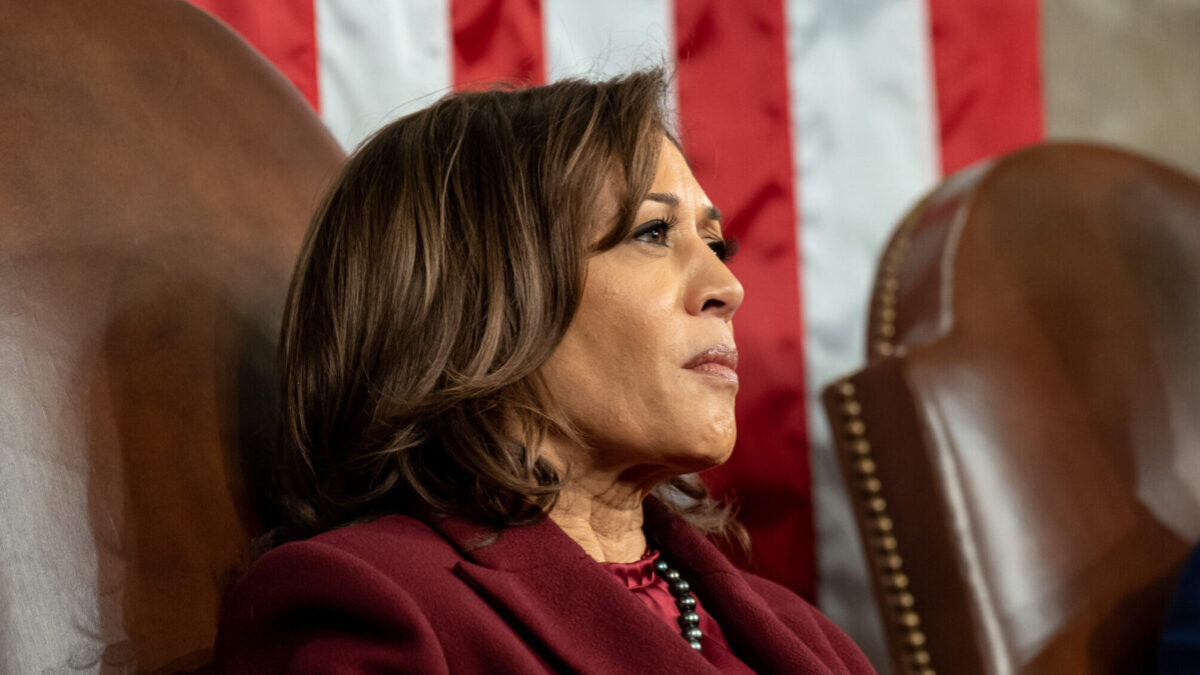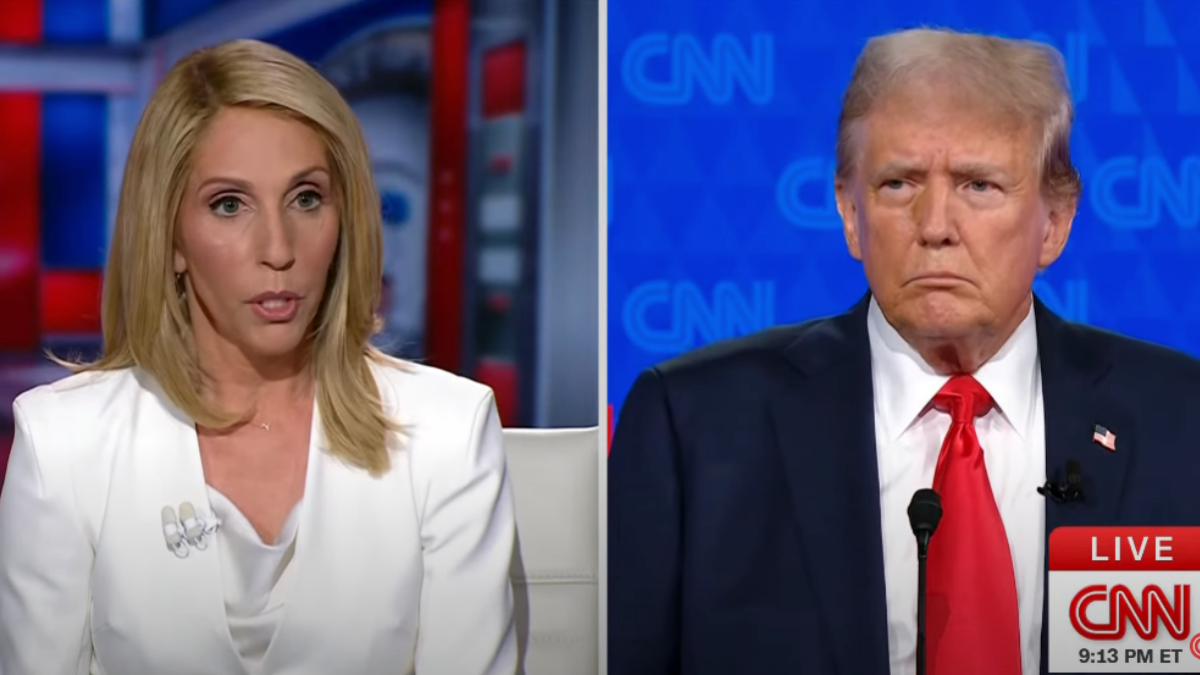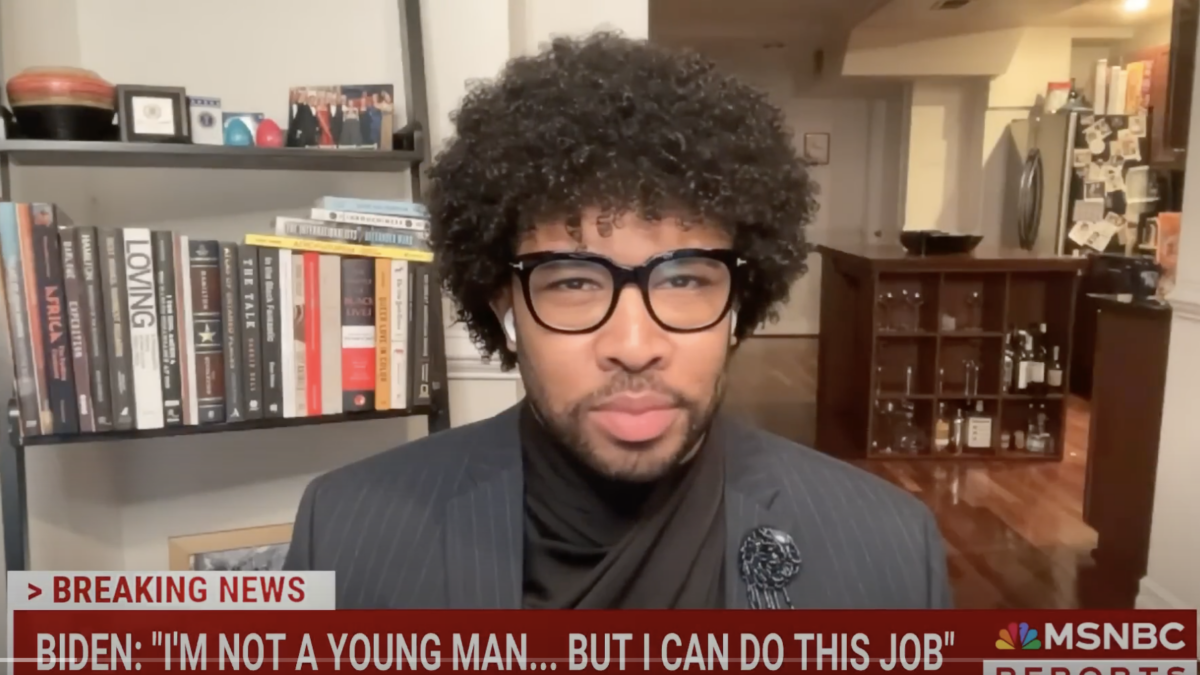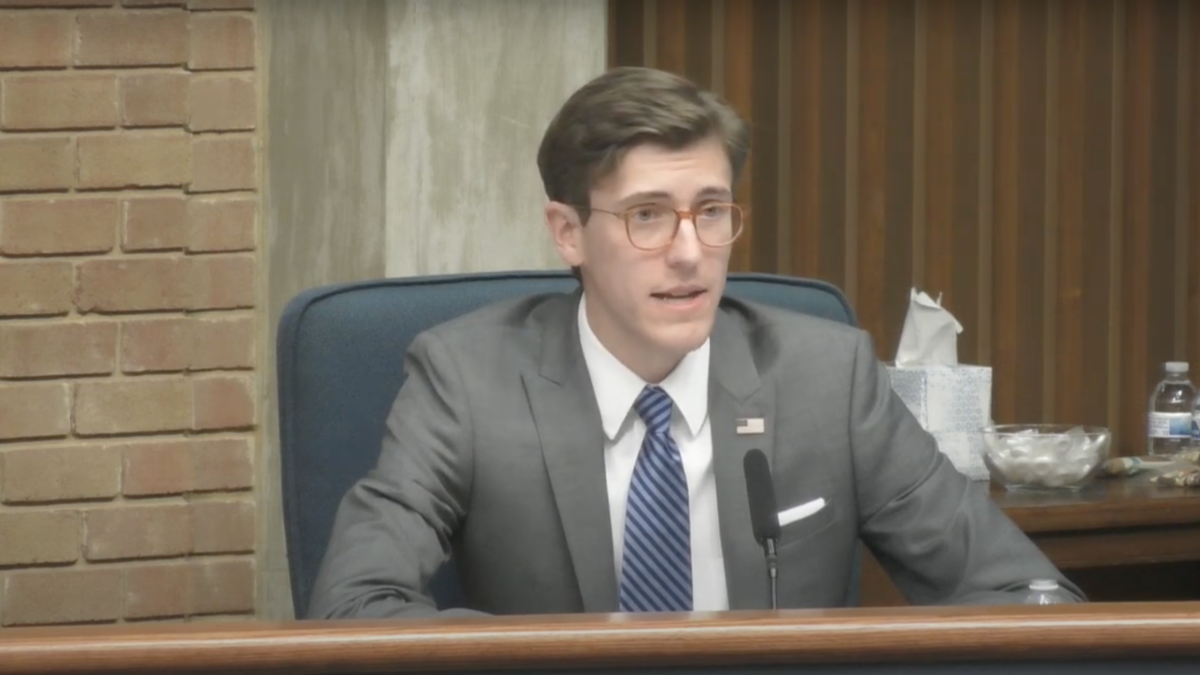Ohio voters, who oppose abortion-up-to-birth by overwhelming margins, will evaluate a slyly worded amendment on Tuesday that would grant Ohio’s constitutional blessing to just that — plus a host of other deadly procedures — under the euphemism of “reproductive rights.”
Contrary to the talking points of abortion activists, out-of-state donors pouring money into the Ohio fight, and partisans in local and national media, Ohio’s Issue 1 isn’t a compromise or a common-sense proposal. It’s a radical change that would enshrine late-term abortions, abortions for young girls without their parents’ knowledge, fertility-decimating drug regimens and surgeries for confused teenagers, and more horrors into the Ohio Constitution.
Here are a few true horror stories that, if passed, Issue 1 would invite to happen in Ohio.
Idaho Rapist Trafficked His Minor Victim to Get an Abortion
In Idaho recently, the mother of a 15-year-old girl contacted police with a tragic story: Not only had her daughter been the victim of statutory rape, but when the rape resulted in pregnancy, the rapist and his mother drove the child to Oregon to receive an abortion. The girl’s mother never consented to the abortion being performed on her daughter and unborn grandchild, but the Oregon abortionist nevertheless went through with it, with the girl’s alleged rapist waiting nearby. Idaho authorities have arrested Kadyn Leo Swainston and his mother for multiple felonies, including kidnapping.
In Ohio, minors are not legally permitted to obtain abortions without written parental approval. But Ohio’s Issue 1 would change that, proclaiming a “right” to abortion for “Every individual,” with no exception for children. As a constitutional amendment, if passed, Issue 1 would likely override Ohio’s current parental permission statute — meaning an alleged rapist like Swainston could take his victim to undergo an abortion without her parents even knowing.
Yaeli Killed Herself After Being Put on Hormones and Taken from Her Mother
Abigail Martinez’s daughter Yaeli, influenced by her “public school counselor” and school “LGBT groups,” developed gender dysphoria and was encouraged at school to believe she was actually a boy. Without her mother’s permission, 16-year-old Yaeli was put on hormones and even taken into the custody of Child Protective Services, launching a depressive spiral that, Martinez says, eventually killed her. Three years later, Yaeli died by suicide after stepping in front of a train.
“Against my consent, my daughter was given testosterone instead of therapy,” Martinez mourned.
Ohio’s Issue 1 wouldn’t just allow children to obtain abortions without parental consent — it would enable them to make any “reproductive decisions,” which include subjecting themselves to wrong-sex hormones and destructive surgeries that impede a young person’s fertility, sometimes irreversibly.
Unwanted Baby Ripped from Mother’s Womb After Reaching Viability
Autumn, a married 22-year-old woman, took a pregnancy test after feeling “off.” After discovering she was pregnant, she made an abortion appointment, at which the technician performing her ultrasound “got like a confused face and she was like stuttering and she was sounded very like worried,” Autumn said. Her baby was 26 weeks old — several weeks past the point when babies have a chance at surviving on their own, outside their mothers’ wombs.
Like most babies at 26 weeks, Autumn’s baby could feel pain, had a heartbeat, and was growing eyelashes, responding to light and noise, and taking practice breaths. Contrary to the false talking points that claim third-trimester abortions only happen when the mother’s physical health is at risk or the baby won’t survive his own birth, Autumn’s baby appears to have been killed simply because he was unwanted. Considering how far along the pregnancy was, the baby was likely ripped out of Autumn’s womb with a vacuum or pincers.
Roughly two-thirds of Americans agree abortions of viable babies like Autumn’s should be illegal, and proponents of Issue 1 claim the amendment will allow the legislature to ban abortions post-viability. But with a broad loophole allowing abortions up to the point of birth for any reasons concerning the mother’s “health” — a term that has been interpreted by pro-abortion doctors to include the emotional or mental stress of having an unwanted child — Issue 1 will ensure viable babies like Autumn’s unborn child continue to be killed.
Chloe May Never Have Kids After Doctors Put Her on Testosterone at 13
Chloe Cole was only 13 when, struggling with adolescence, she was put on puberty blockers and male hormones, before receiving a double mastectomy two years later.
Now 19, Cole has come to love her womanhood but still suffers from the effects of the abusive “treatments” doctors gave her.
“They withheld a lot of information from us, but even then at the age I was, I just wasn’t capable of giving informed consent, and it’s seriously affected both my mental and physical health. I’m still recovering to this day,” she told the Independent Women’s Forum. “I don’t know if I’ll be able to conceive a child or safely carry to term, and I certainly won’t be able to breastfeed.”
Not only would Issue 1 override parental consent requirements, it would also arguably invent a constitutional “right” for children like Chloe Cole to access fertility-destroying transgender drugs and surgeries. Such a provision would forestall legislation like Ohio’s HB 68, which has passed in the state House and awaits a vote in the Senate, that prohibits doctors from permanently damaging children’s bodies with wrong-sex hormones and amputations.
Testosterone Caused Prisha’s Genitals to ‘Atrophy’
Prisha Mosley’s story is similar to Chloe’s. As a teenager, she was depressed, anorexic to the point of being “skeletal,” and suicidal. At 15, Mosley was the victim of sexual assault, and the same year discovered transgenderism online, buying into the messaging that “You are trans if… You hate your body, you don’t feel comfortable with it, you want to be a different person.” Two years later, still a minor, she was put on testosterone.
Now at 24, Mosley has come to accept her femininity, but she still has “broad shoulders, narrow, masculine hips, hair growth on her body and face, and a permanently lower voice” as a result of the damaging hormone regimen. Mosley also “suffers from vaginal atrophy and dryness,” which complicate both urination and intercourse. After being assaulted, “I didn’t want anyone to ever be able to go inside ever again. So I thought atrophy sounded like a good thing,” she explained to IWF’s Kelsey Bolar.
Like Cole’s, Mosley’s irreversible physical trauma would be protected by Issue 1 in Ohio.
Aborting a Baby for Being a Girl
“We need to know the sex, because if it’s a girl we are going to terminate it,” an expecting couple in Australia told their sonographer at their 12-week appointment.
While that poor baby’s fate was never reported — the shocked sonographer didn’t answer the parents’ question — undercover reporters from the United States to Britain have uncovered abortionists agreeing to perform abortions on women for the sole stated reason of sex selection.
One Guardian article even spelled out exactly how sex-selective abortion could slip under the “health of the mother” provision in laws with language like Ohio’s Issue 1.
“Imagine a woman with two daughters who comes from an ethnic group that places a very high value on sons. She and her husband live with her in-laws, who threaten to render them homeless if she gives birth to another girl,” the outlet surmised. “A doctor who authorises a termination could make a strong legal case that she had acted in good faith to preserve the mental health of her patient.” It’s no secret that plenty of abortionists eager to cash in on killing another baby would go through such mental and moral contortions.
Similarly, Ohioans can expect abortionists to make similar arguments in favor of killing unborn babies with disabilities.
If voters approve Issue 1 on Tuesday, babies and children like these will be vulnerable to meeting a similar fate, with their injuries and deaths not just left unprotected by the state, but actively endorsed.
